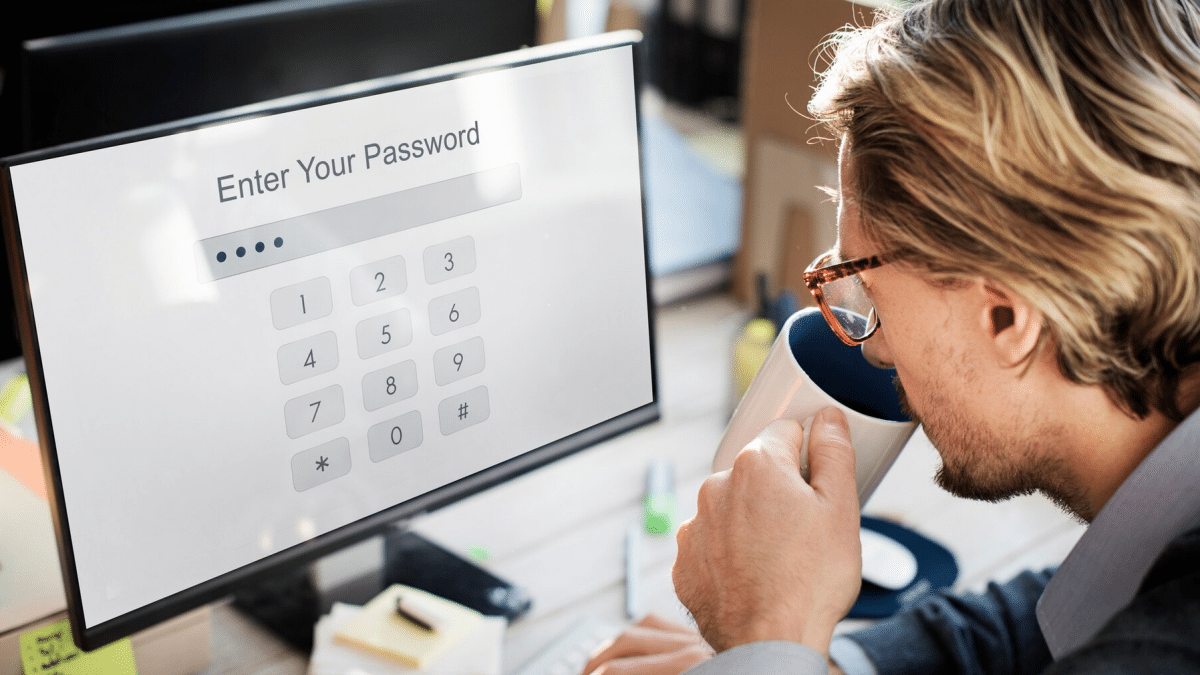Contents
Introduction
Two-factor authentication (2FA) is crucial for organizations with remote employees. Passwords alone have shown to be insufficient in preventing data intrusions as more people work remotely. Through the requirement of two pieces of identity, usually a password and a tangible object like a smartphone, 2FA adds an extra degree of protection. It makes sure that, even in the event that login information is taken, accounts or sensitive data cannot be accessed without the actual 2FA device. For any organization with remote or hybrid teams, adopting 2FA policies across all devices, apps, and cloud platforms is now a cybersecurity necessity. This article explores best practices for deploying 2FA and enhancing remote work security.
How 2FA Works
By forcing users to submit two pieces of identification—such as a password and a physical object or real-time code—two-factor authentication (2FA) improves security. Unauthorised users will find it more difficult to obtain access because they will need to have both the password and the backup device.
When 2FA is enabled for a system, the login process requires two stages:
1.The user enters their username and password as usual.
2. The system then prompts the user to provide the second factor – either entering a generated numeric code or using a security key.
Access is granted only when both factors are confirmed. The second factor adds extra security, ensuring that even if someone knows the password, access is denied without the secondary device. 2FA protects against password theft by requiring dynamic, real-time proof of possession, thwarting unauthorized users from reusing stolen credentials.
Benefits of 2FA
Some key benefits of adding 2FA include:
● Improved security: Enabling 2FA ensures account access requires both a password and secondary verification, significantly reducing the risk of password-related breaches.
● Unauthorized access prevention: Even if a password is compromised, accessing the account remains challenging without bypassing 2FA, providing an additional barrier against unauthorized logins.
● Data protection: For remote employees handling sensitive business data, 2FA minimizes risks associated with compromised passwords, securing intellectual property, financial information, and other sensitive data.
● Compliance adherence: Implementing 2FA helps meet industry standards like PCI DSS, which mandate multi-factor authentication for remote access to achieve certification.
● User accountability: Tying logins to a physical device enhances user accountability and complicates efforts for attackers to remain anonymous.
Common 2FA Methods
Common two-aspect authentication (2FA) strategies consist of SMS, where a one-time passcode is despatched to the consumer’s mobile smartphone after coming into their username and password, although it is much less at ease due to the ability SIM swapping or social engineering assaults. Authenticator apps like Authy or Google Authenticator provide a more secure option, generating changing 6-digit codes every 30 seconds that users input after login; these apps work offline, independent of mobile carrier networks. Offline 2FA with hardware tokens involves users using a physical token device to obtain a one-time passcode, with options like pocket-sized key fobs or USB tokens; though not smartphone-dependent, hardware tokens can be pricier and less convenient than software alternatives.
Implementing 2FA
Deploying two-factor authentication (2FA) organization-wide demands careful planning. Various big companies use 2FA such as Microsoft Azure, Amazon AWS, Google workspace. Follow these best practices for a successful implementation:
Choose a 2FA System: Evaluate options like Duo, Authy, or Google Authenticator based on tech compatibility and user-friendliness. Opt for seamless integration and a positive user experience.
Develop Policies: Define 2FA policies, deciding on its mandatory use and applicability in remote access scenarios. Establish procedures for onboarding and access recovery.
Educate Employees: Prior to launch, communicate timelines and provide training on 2FA usage. Clearly explain the security enhancements and address any usability concerns.
Pilot Test: Initiate a phased rollout, starting with IT staff and key teams. Address issues in this phase before expanding to the entire organization.
Support Users during Onboarding: Offer documentation and help desk support for users enrolling devices and accounts in 2FA. Streamline issue resolution to enhance user experience.
Train on Best Practices: Educate employees on securing tokens, preferring alternatives to SMS 2FA, and understanding backup codes. Reinforce proper protocols through training.
Examine Metrics and Feedback: Collect data on adoption rates and user feedback. Identify and resolve issues before proceeding with the full rollout.
Proactively addressing user concerns and minimizing friction points is crucial for widespread adoption, particularly as 2FA significantly enhances remote access security when implemented thoughtfully.
Encouraging Employee Adoption
Ensuring employee buy-in is paramount for the success of new security measures such as two-factor authentication (2FA). Promote the adoption of 2FA by emphasizing its role in safeguarding company and personal information, offering clear enrollment instructions, incentives like gift cards, and gamification. Update policies to mandate 2FA, making exceptions rare, and position it as a quick and seamless security measure aligned with the company’s values.
Securing Remote Access
Enabling two-factor authentication (2FA) significantly enhances the security of remote access to company systems. In remote work scenarios, enforce 2FA for VPN access using authenticator apps or hardware tokens, prioritizing them over SMS for enhanced security. Extend 2FA to cloud apps through audits, leveraging central authentication providers for those lacking native support, and ensure that remote access tools like Microsoft Remote Desktop and TeamViewer require 2FA for secure sessions, safeguarding against unauthorized access and credential compromises.
Potential Drawbacks
Implementing two-factor authentication (2FA) does introduce some potential drawbacks for organizations to consider. Implementing 2FA adds extra steps and costs to the login process, potentially causing initial frustration and technical challenges. Despite these drawbacks, the enhanced security provided by 2FA is crucial in mitigating cyber threats, and with proper training and support, organizations can effectively address these concerns and prioritize secure remote access for employees.
Two-factor authentication should be a standard security practice for all organizations with remote employees. The extra login safeguard helps mitigate risks associated with external access and lost or stolen credentials. As remote work continues to grow, utilizing 2FA will only become more important for protecting sensitive company and customer data.

